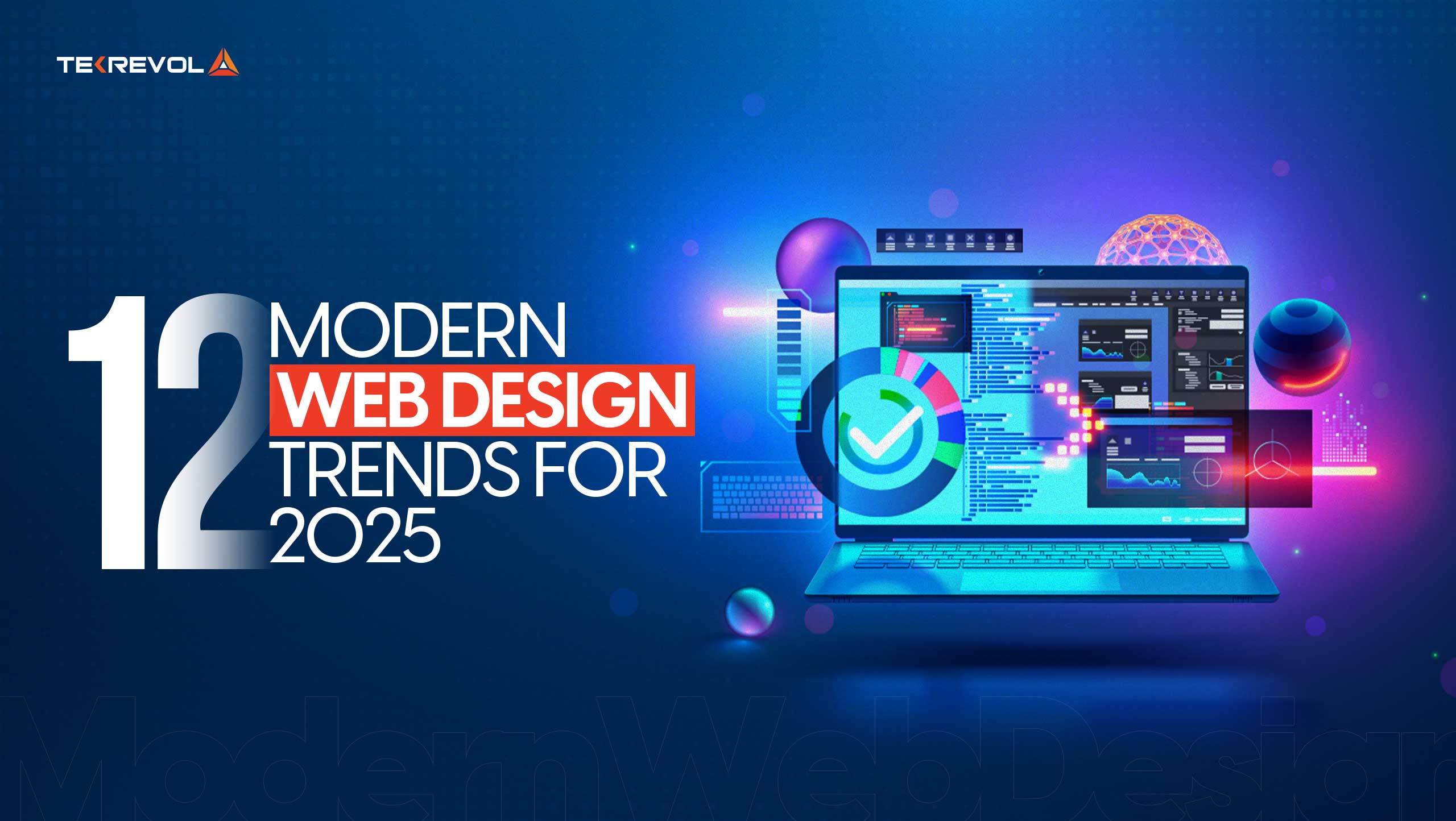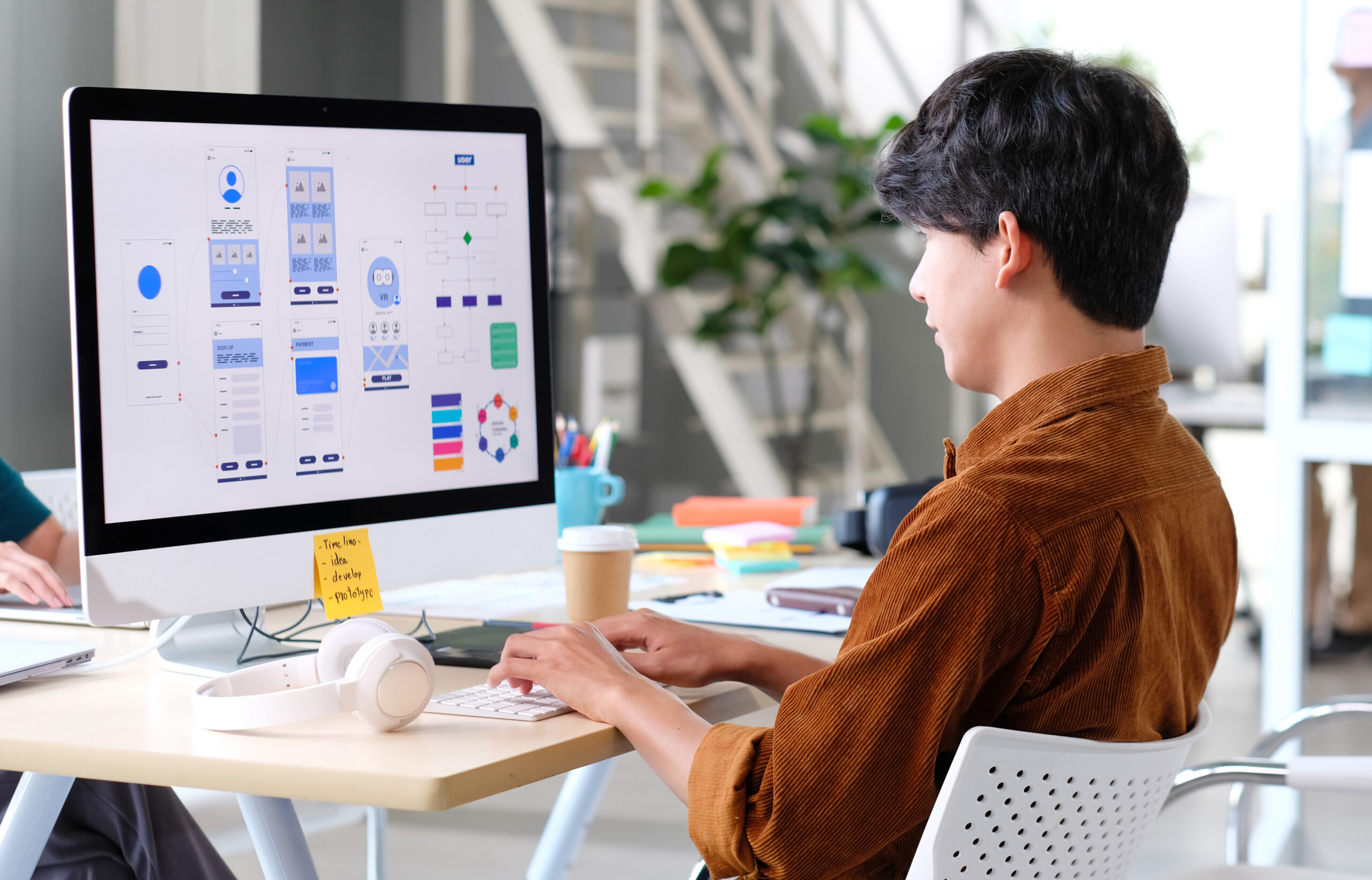Aligned Position Web Design: Building Beautiful and Functional Websites for Your Business
Aligned Position Web Design: Building Beautiful and Functional Websites for Your Business
Blog Article
The Most Effective Sorts Of Website Design to Boost Individual Experience and Engagement
In the ever-evolving landscape of electronic interaction, the performance of website design substantially affects customer experience and interaction. Numerous layout techniques, such as minimal, receptive, and interactive designs, each deal unique benefits that can deal with varied customer requirements. Recognizing which kinds of Web style finest serve these objectives can be pivotal for organizations aiming to improve consumer complete satisfaction and retention. The question remains: which style aspects absolutely resonate with individuals and foster purposeful engagement? The exploration of these principles reveals essential insights that may redefine your method to website design.
Minimalist Website Design
As digital landscapes end up being progressively messy, minimalist Web layout has actually become an effective technique to improving customer experience. This layout ideology focuses on simplicity, concentrating on necessary components while removing unneeded interruptions. By utilizing ample white space, simple navigating, and a restricted color scheme, minimal style promotes clearness and directs customer focus to crucial content.
The core principle of minimalist Web design is to create a smooth interaction for users. By decreasing cognitive load, customers can quickly grasp details without really feeling bewildered. This straight approach not just enhances usability but additionally motivates interaction, as visitors are extra likely to discover a site that is simple and visually enticing to browse.
Additionally, minimal design frequently stresses typography and images, utilizing these components strategically to share messages efficiently. This emphasis on necessary parts can boost brand identification and create an unforgettable customer experience. In essence, minimal website design is not simply a pattern; it is a thoughtful technique that identifies the importance of user-centered style. By stripping away extraneous elements, developers can develop a much more interesting, reliable, and enjoyable Web experience for all customers.
Receptive Website Design
In today's diverse digital atmosphere, receptive Web layout has ended up being necessary for developing a smooth customer experience throughout a wide range of gadgets. As customers accessibility internet sites on smart devices, laptop computers, tablet computers, and desktops, the capacity of a website to adapt its format and web content to various screen sizes and resolutions is critical.
Responsive website design uses adaptable grids, pictures, and CSS media queries to make certain that Web content is presented optimally, no matter the gadget made use of. This strategy not just improves the visual allure of an internet site however likewise dramatically enhances usability. Users are most likely to engage with a website that uses a constant experience, as it eliminates the aggravation of needing to focus or scroll excessively.
Moreover, search engines, consisting of Google, prioritize mobile-friendly internet sites in search positions. By adopting receptive style, businesses can boost their presence and get to a broader target market. This technique additionally simplifies internet site upkeep, as a single variation of the website can accommodate all tools, minimizing the requirement for multiple versions. In summary, responsive Web layout is a basic method that enhances individual experience, engagement, and general fulfillment.
Interactive Website Design
Responsive website design prepares for boosting individual experience, but interactive website design takes this an action further by engaging users in an extra vibrant way go to my site - Aligned Position Web Design. By integrating components such as animations, clickable models, and real-time responses, interactive Web design mesmerizes customers, attracting them right into a richer surfing experience
This method not only promotes involvement yet also motivates customers to discover material proactively instead of passively consuming it. Methods such as gamification, where customers gain incentives for finishing jobs, can substantially improve the moment invested in a website and enhance total complete satisfaction. Moreover, interactive functions can streamline complicated info, making it a lot more delightful and digestible.

Integrating interactive style elements can likewise lead to higher conversion prices, as customers are a lot more likely to engage with a website that proactively involves them. Aligned Position Web Design. Ultimately, interactive Web design transforms customer experiences into remarkable journeys, making certain that site visitors return time after time
Flat Design
Defined by its minimalistic technique, flat style highlights simpleness and capability, removing unneeded components and concentrating on essential features. This design viewpoint prioritizes functionality, making sure that individuals can navigate click to find out more user interfaces with simplicity and effectiveness. By utilizing a tidy aesthetic, flat design eliminates the clutter frequently found in more ornate styles, consequently boosting customer concentrate on material and performance.
The hallmark of flat style hinges on its use bold shades, straightforward typography, and geometric shapes. These aspects contribute to a visually appealing user interface that is both contemporary and friendly. In addition, level style fosters a feeling of clearness, enabling users to discern important activities and details without diversion.
Additionally, flat layout is particularly reliable in responsive website design, as its simpleness converts well throughout numerous gadgets and screen sizes. The absence of detailed structures and gradients minimizes filling times, which is crucial for keeping individual engagement. As digital landscapes remain to evolve, flat design continues to be a pertinent choice for developing straightforward web sites that improve overall experience. By concentrating on vital features, level style not only fulfills user demands but additionally encourages smooth interaction, making it a crucial component of efficient website design approaches.
Adaptive Website Design
Flexible website design personalizes the customer experience by developing several repaired formats customized to different screen dimensions and devices. Unlike responsive design, which fluidly changes a single design, adaptive design employs unique designs for specific breakpoints, guaranteeing ideal explanation presentation on different platforms. This approach permits developers to concentrate on the one-of-a-kind qualities of each device, enhancing usability by supplying precisely what customers need based on their context.
One of the primary advantages of flexible website design is its capacity to maximize tons times and performance. By serving tailored material and images that fit the user's device, websites can minimize information use and boost loading speeds. This is specifically beneficial for users with slower links or restricted data strategies.

Furthermore, flexible design helps with a more regulated and regular branding experience. Since designers develop numerous layouts, they can guarantee that the aesthetic components align with the brand name's identification throughout various systems - Aligned Position Web Design. This results in a cohesive customer experience, enhancing engagement and advertising customer retention
Final Thought
Minimalist layout cultivates quality and emphasis, while responsive style guarantees adaptability throughout numerous devices, advertising access. Jointly, these style approaches contribute to the production of easy to use environments that not just boost satisfaction yet additionally drive greater conversion rates, underscoring their critical importance in modern Web design approaches.

Minimalist design promotes clarity and emphasis, while receptive layout ensures adaptability across different gadgets, advertising availability. Jointly, these layout comes close to add to the production of straightforward environments that not only improve contentment yet additionally drive higher conversion prices, emphasizing their essential importance in modern Web design approaches.
Report this page